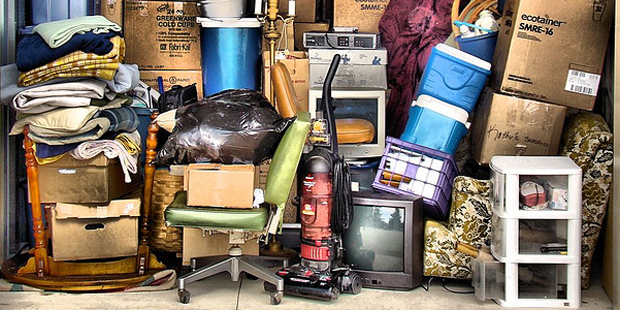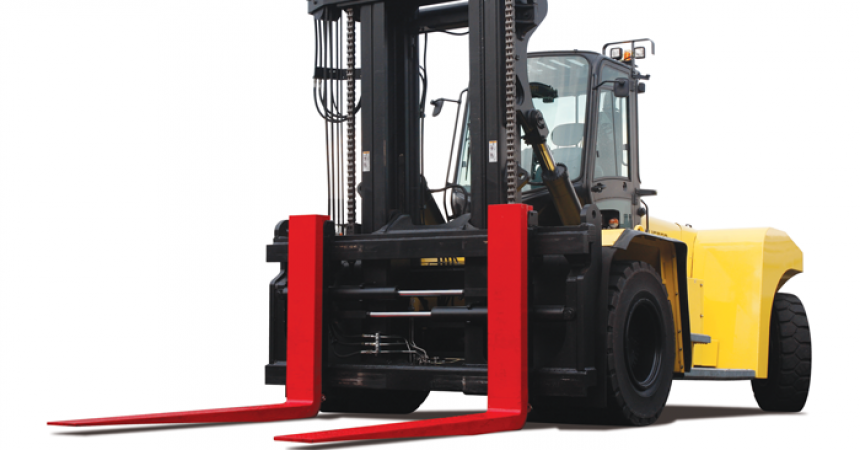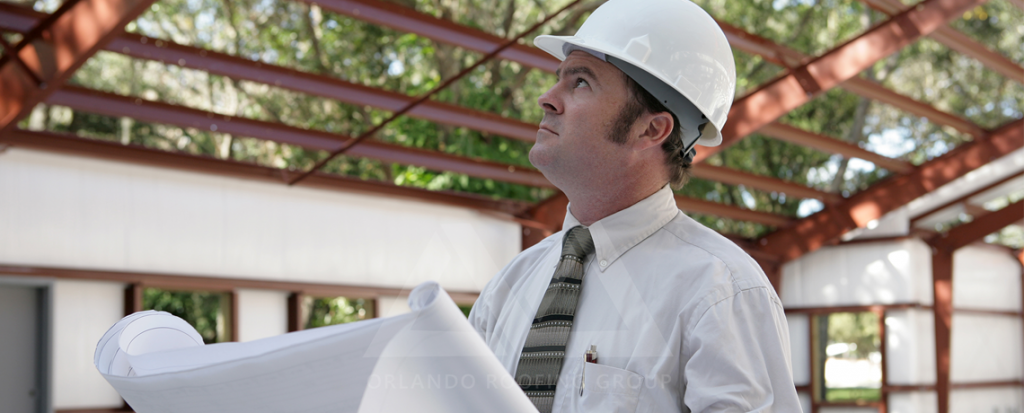Renovating a house is an exciting project, particularly if you are undertaking it for the first time. There are so many variables and so much room to experiment; it can even feel daunting when you first start out. One of the challenges that many renovators face is how to dispose of all the waste. Gutting kitchens, ripping out fitted wardrobes and clearing out attics can certainly generate a lot.
If this sounds like the sort of task you are facing, fear no more; this guide will talk you through the options you have available. One word of advice before we start: plan in advance to know exactly how you are going to dispose of your waste. The pile will quickly grow if you are unprepared and could end up being expensive to dispose of!
Trips to the Tip
For first time renovators, multiple trips to the tip are often what are envisaged when waste disposal is considered for the first time. Every time the pile of reaches a certain level, the plan is to load up the car and tootle on down to the local waste disposal site. In theory this is the most straightforward and arguably cheapest option; no hiring of equipment or disposal companies and no need to plant a huge skip outside the front door.
Unfortunately, this is the route that often leads to a waste issue spiralling out of control. Waste quickly piles up before you can dispose of it, the car becomes filled with dust and dirt and then the waste disposal site recognises you and stops you using their facilities because they believe you are trade. The last point is particularly true if you have a van or trailer attached to the back of your car.
Only follow this route if you are confident that you can keep the waste disposal under control and you have suitable means for transporting potentially large amounts of waste from the home you are renovating to your local tip.
Hire a Skip
The next option on most people’s list is to hire a skip. For a few hundred pounds a company will bring you an empty skip, park it outside the front of the house to be renovated and leave if there until collection time. This is great for you as all you need to worry about is filling it up as you go. Most skips are large enough to cope with a considerable amount of waste (30 cubic metres is a typical size) and there is no need for you to transport the thing down to your local tip.
On the other hand, unless you are putting the skip entirely on private land, you’ll need to apply for a skip license from your local authority. This can be time consuming and won’t always be approved. Moreover, if the tip becomes full before the agreed collection date you’ll have to pay your skip hire company to empty it for you. Hosting a skip is also unsightly and unlikely to go down well you’re your neighbours. Whilst hiring a skip is often a better, more convenient method of waste disposal than dozens of trips to the tip, it is not always the be all and end all.
Use a Waste Collection Service
Finally, if you have decided that trips to the tip or hosting a huge skip outside the house is not the most efficient way of disposing of your waste, you might want to consider using a waste collection service such as www.central-waste.co.uk. These companies remove the need for large skips and essentially make the trips to the tip for you. Here is how it works.
A team of professionals will arrive at the house you are renovating at a time you agree with them, load up your waste and cart it off for disposal. It is that simple. Then, once they have taken the rubbish away it will be carefully sorted into recyclable and non-recyclable, which minimises the effect your renovation has on the environment. The services are usually pay-per-go, meaning you won’t run out or pay for unnecessary capacity. There is no need for a permit and certainly no need to visit the tip!



